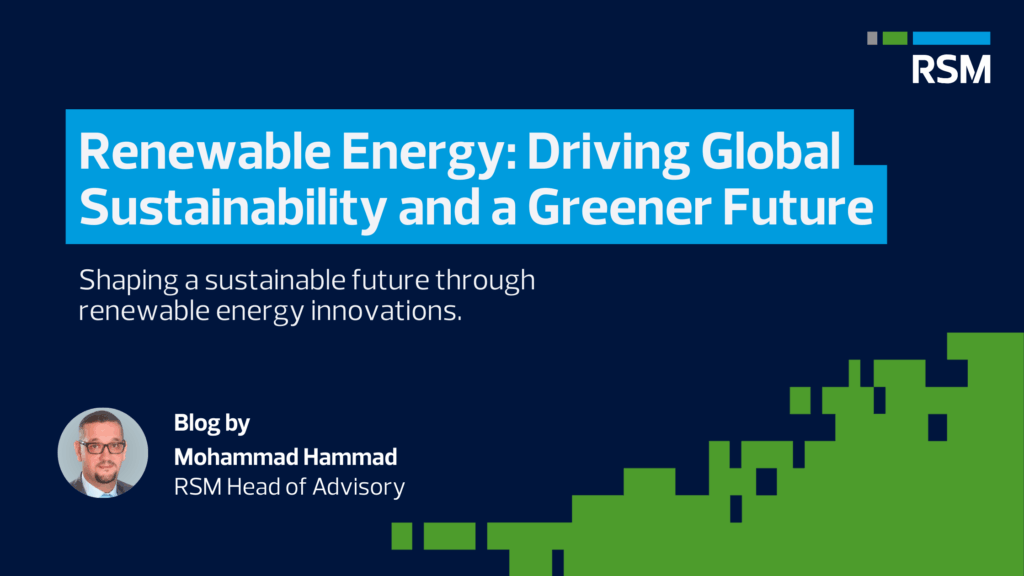
In recent years, renewable energy transformations—foremost powered by solar and wind technologies—have reshaped the global energy paradigm. According to IRENA (2024), 473 gigawatts (GW) of renewable capacity were added in 2023, accounting for 86% of all new power generation capacity worldwide. This momentum continued into 2024, with a record annual addition of 582 GW, including 452 GW from solar photovoltaics alone (IRENA, 2024). These impressive figures highlight the accelerating shift toward clean energy, enabled by cost reductions and policy support. Yet this expansion still falls short of the ambitious goal to triple renewable capacity by 2030, signalling the need for intensified global commitment (IEA, 2024a; IRENA, 2024).
The true potential of renewable energy, however, lies not only in large-scale deployment but also in its strategic integration with innovations such as artificial intelligence (AI). A comprehensive literature survey illustrates how AI enhances renewable energy forecasting, grid optimization, and system flexibility—key enablers for sustainable energy management (ArXiv, 2024; Sage Journals, 2024). Complementing this, a recent estimate of the global AI in renewable energy market found that it reached US $0.85 billion in 2024 and is projected to surpass US $4.85 billion by 2032, growing at a CAGR of 24.3% (DataMintelligence, 2024).
One striking example of AI-driven innovation comes from a U.S. research model leveraging AI for forecasting solar, wind, and hydroelectric power production. By using techniques like gradient boosting and support vector machines, the study achieved highly accurate predictions, enabling grid operators to manage capacity more effectively (ResearchGate, 2024). Such AI-powered systems are transforming renewable planning and demonstrating the synergy between technology and sustainable energy transitions.
The leadership of the energy transition is also evident in policy and investment trends. The IEA (2024b) forecasts that between 2024 and 2030, the world will add more than 5,500 GW of renewable capacity, bringing renewable energy to meet around half of global electricity demand by 2030. However, this still falls short of the COP28 goal to triple global renewable capacity—underscoring the gap between ambition and reality (IEA, 2024a).
The dynamics of electricity generation further underscore renewable progress. In 2023, renewables accounted for approximately 30% of global electricity generation. That share is projected to climb to 35% by 2025, with combined solar and wind generation expected to surpass hydropower—marking a pivotal milestone in the energy transition (IEA, 2024c).
Yet, harnessing this potential requires not only innovation but systemic change. The IEA (2024d) emphasizes the need for approximately 15% annual expansion in renewable supply from 2024 to 2030 to align with its NetZero Emissions (NZE) Scenario. Despite record capacity additions, the actual rate remains insufficient. Enhancing flexibility through demand response and smart grid technologies is vital. These systems allow electricity demand to shift to periods of abundant renewable generation, easing strain on the grid (IEA, 2024e).
Steering these transformations are leaders in the energy sector. In a 2025 global survey, over half of around 1,500 senior business leaders across 15 countries planned to relocate operations within five years to regions with better renewable access. A remarkable 93% considered investing in onsite renewable facilities, and over 75% supported achieving a renewables-based electricity system by 2035 or sooner (Financial Times, 2025).
In this era, renewable energy leadership must combine technical acumen with strategic vision. Investments, forecasting, and smart infrastructure development must be rooted in technological innovation and grounded in the goal of equitable, climate-aligned progress. The data charts the path, but coordinated global action and leadership give it meaning. A leader focused solely on capacity numbers may achieve growth—but only through intentional alignment with human and environmental values can that growth be sustainable and trusted.
References
- IRENA (2024). Renewable Capacity Statistics 2024.
Retrieved from: https://www.irena.org/Statistics/View-Data-by-Topic/Capacity-and-Generation - IEA (2024a). Renewables 2024 – Executive Summary.
Retrieved from: https://www.iea.org/reports/renewables-2024/executive-summary - IEA (2024b). Massive global growth of renewables to 2030.
Retrieved from: https://www.iea.org/news/massive-global-growth-of-renewables-to-2030-is-set-to-match-entire-power-capacity-of-major-economies-today-moving-world-closer-to-tripling-goal - IEA (2024c). Electricity Mid-Year Update July 2024.
Retrieved from: https://www.iea.org/reports/electricity-mid-year-update-july-2024/executive-summary - IEA (2024d). Renewables – Energy System.
Retrieved from: https://www.iea.org/energy-system/renewables - IEA (2024e). Demand Response in Renewable Systems.
Retrieved from: https://www.iea.org/energy-system/energy-efficiency-and-demand/demand-response - ArXiv (2024). Present and Future of AI in the Renewable Energy Domain.
Retrieved from: https://arxiv.org/abs/2406.16965 - Sage Journals (2024). AI applications in renewable energy. Retrieved from:
https://journals.sagepub.com/doi/10.1177/0958305X241256293 - DataMintelligence (2024). AI in Renewable Energy Market Size Report.
Retrieved from: https://www.datamintelligence.com/research-report/ai-in-renewable-energy-market - ResearchGate (2024). Forecasting Renewable Energy Trends in the USA – AI-Driven Analysis. Retrieved from: https://www.researchgate.net/publication/392733069_Forecasting_Renewable_Energy_Trends_in_the_USA_An_AI-Driven_Analysis_of_Electricity_Production_by_Source
- Financial Times (2025). Companies plan shift to green energy.
Retrieved from: https://www.ft.com/content/5864c771-be80-459e-81b2-71133f31aa77


